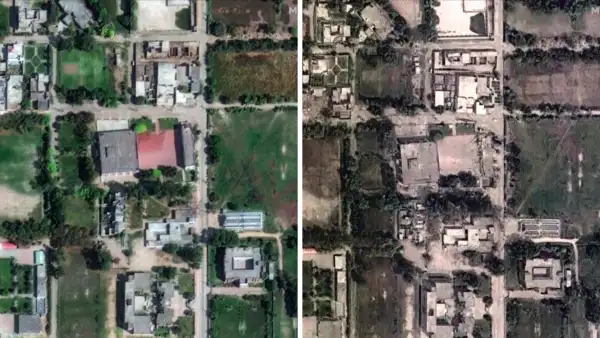India’s Operation Sindoor and Pakistan’s futile attempts to escalate tensions by using drones and missiles against India have once again exposed the critical vulnerabilities in Pakistan’s defence infrastructure which has become dependent on Chinese military hardware.
Though cheap, the arms and air-defence systems supplied by China are often downgraded compared to those it uses domestically.
A glaring issue is the ineffectiveness of Chinese air defence systems against stealth and precision attacks. The HQ-9B, marketed as a Patriot equivalent, and the HQ-16, failed to intercept Indian SCALP stealth cruise missiles and HAMMER glide bombs. These systems struggle with detecting low-altitude, terrain-hugging threats due to limited detection ranges and susceptibility to jamming.
Pakistan’s air defence also lacks redundancy and layered coordination, which Indian SEAD (Suppression of Enemy Air Defenses) tactics exploited by targeting radar nodes, crippling the entire network. Additionally, Pakistan’s fighter jets, reliant on pre-programmed flight paths, are outmatched by Indian technology, making them predictable targets.
A significant 81 per cent of Pakistan’s arms imports come from China, creating a dependency without diversification. China’s refusal to share cutting-edge technology, such as the J-20 stealth fighters, has left Pakistan with outdated systems, while India’s mix of Russian, Western, and homegrown technology has reduced its dependency risks and enhanced adaptability.
Sources indicate that Chinese systems sold to Pakistan are downgraded. For instance, the HQ-9P has a 125 km range compared to China’s domestic HQ-9B, which has a range of 250-300 km. A Pakistani LY-80 radar system in Gujranwala was destroyed by Indian Harop loitering munitions due to poor mobility and counter-drone capabilities.
The JF-17’s KLJ-7A AESA radar has a smaller aperture than India’s Rafale’s RBE2-AA radar, reducing detection range and tracking accuracy. Limited fuel capacity restricts operational range, forcing reliance on vulnerable mid-air refueling. Exported PL-15E missiles have a reduced range (145 km) compared to China’s domestic PL-15 (200-300 km), allowing India’s Rafales with Meteor missiles (200 km) to outrange them.









































